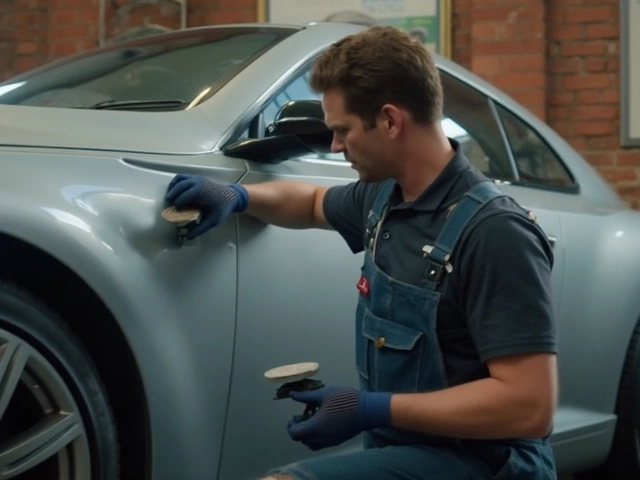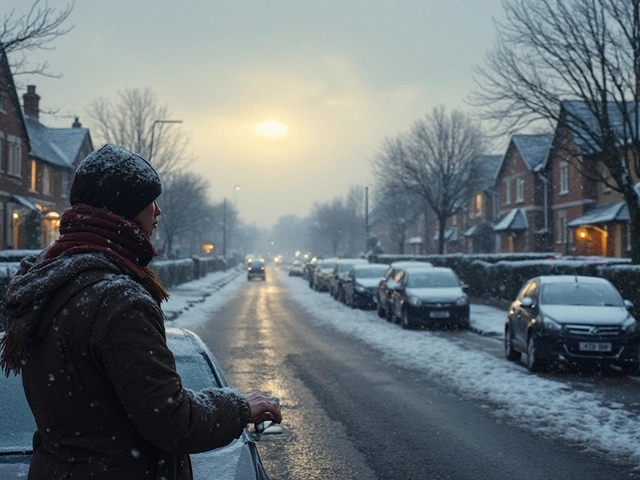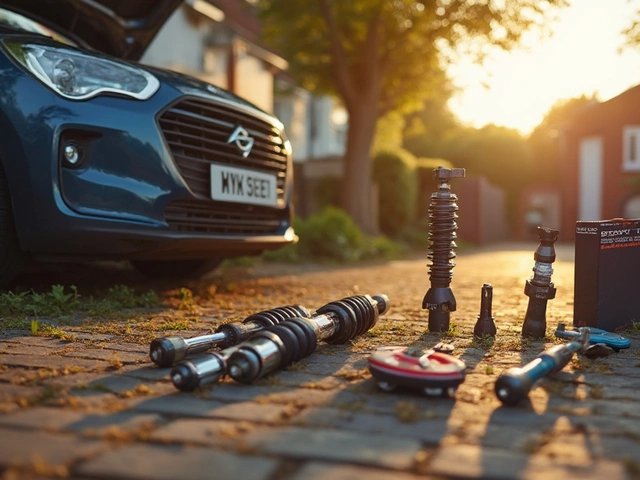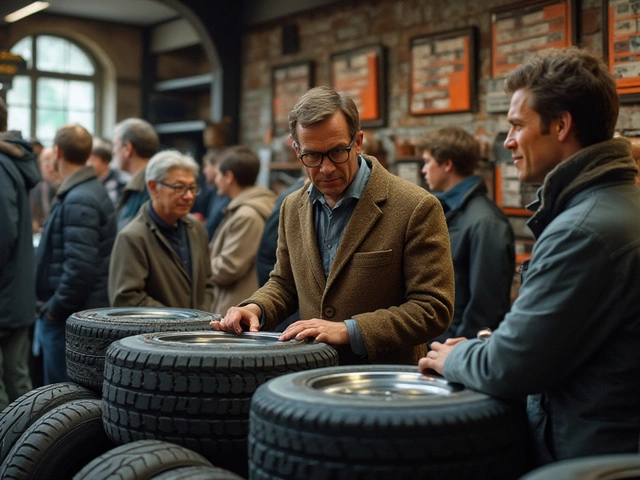Air filters are the unsung heroes of our homes. It's dead easy to forget they're there—until your nose starts tickling, your allergies go wild, or your HVAC throws a fit. Did you know the air inside your home can be up to five times dirtier than the air outside, according to the EPA? That single filter tucked out of sight works hard, trapping dust, pollen, pet dander, and even bacteria. How long do you think it can last before things get murky? The answer: probably not as long as most people hope.
Why Is Changing Your Air Filter So Important?
Think of your air filter as the front-line defender for your home's lungs—everything your family breathes in passes through here. The little mesh looks simple, but it can catch up to 98% of dust particles if maintained well. But when the filter gets packed with grime, it can't do its job. The dust, allergens, and pollutants start recirculating. If you’ve ever come home and the place smells kind of stale or you start sneezing as soon as you step inside, chances are your air filter is lagging behind.
If the air filter is clogged up, your heating and cooling system suffers too. It has to work harder, using more electricity, which means higher bills and more wear on parts. One study from the National Air Filtration Association suggests a dirty filter can raise your electric usage by 5% to 15%. More impressive, the average lifespan of an HVAC system drops by several years if filters aren’t swapped out regularly. So, you’re not just battling dust bunnies—you’re protecting your wallet and home investment.
Breathe easier knowing good air quality improves sleep, reduces asthma attacks, and helps fight off colds and bugs. The British Lung Foundation puts it bluntly:
“Poor indoor air quality can cause long-term health problems and immediate symptoms like headaches or fatigue.”That’s worth a bit of effort, isn’t it?
How Often Should You Replace Your Whole House Air Filter?
There's no single answer for every household, but there are solid guidelines to keep you on track. Most HVAC pros suggest you swap standard one-inch filters every three months. But, here's where it gets interesting: it depends on your home, your habits, and your secrets (own a fluffy dog? Live on a busy street?).
- 1-2 people, no pets, no allergies: every 3 months
- Add a pet or smoker: every 2 months
- Multiple pets or allergy sufferers: every 30-45 days
- Big renovations or lots of dust: check monthly
HEPA and pleated filters can sometimes last up to 6 months, but always check the packaging and use your senses. A filter may look grey and dusty, but if you hold it up to the light and can’t see through, it’s definitely done. The older your home’s HVAC or the dirtier your neighbourhood, the more often you’ll want to check. Here’s a simple chart to keep you on schedule:
| Home Situation | Filter Type | Replacement Frequency |
|---|---|---|
| No pets, minimal traffic | Fibreglass | 3 months |
| 1+ pet | Pleated/HEPA | 2 months |
| Allergy/asthma | Pleated/HEPA | 1-2 months |
| Construction/dust | Any | Monthly |
If you've forgotten when you last swapped the filter, check its colour or set a calendar reminder. Some smart thermostats even ping your phone when it's time—handy if you’re forgetful (join the club).
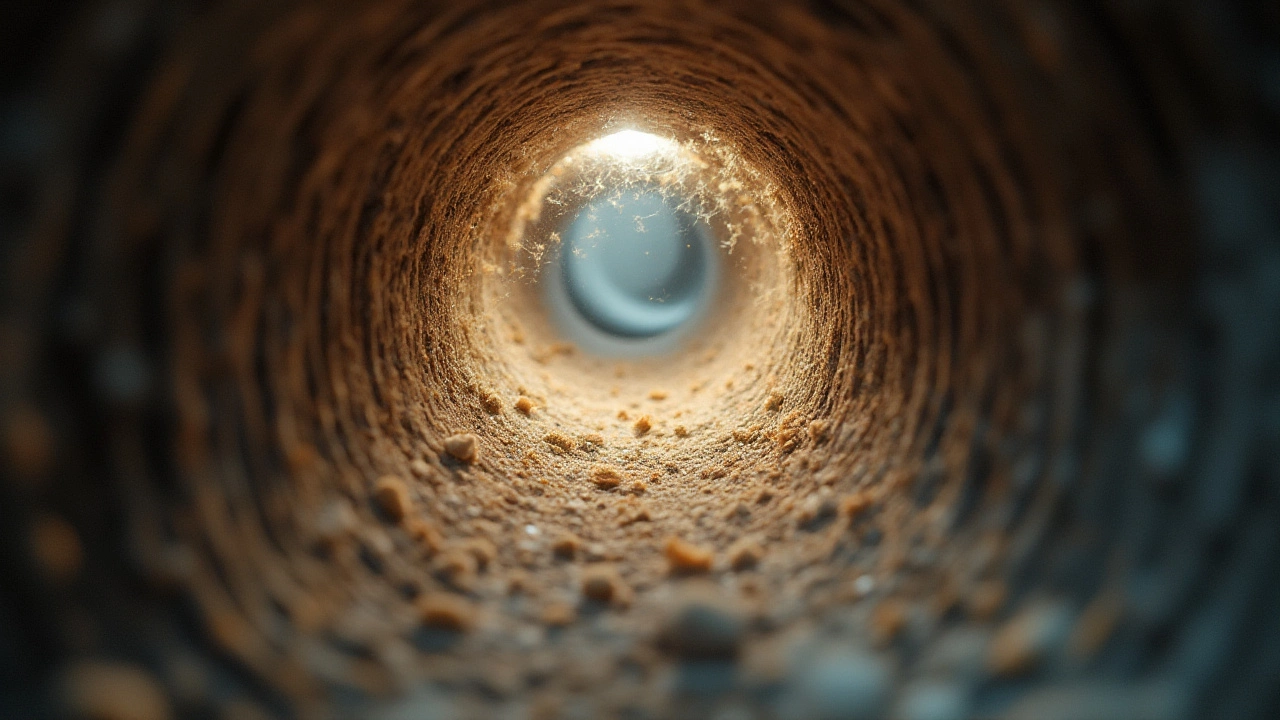
What Happens If You Wait Too Long?
Most folks are shocked when they put their old filter next to a new one—the difference is like chalk and cheese. But leaving it too long is more than just gross; it puts your whole system at risk. When the filter's clogged, air movement drops, meaning less comfort and possible hot or cold spots in the house. Your unit will strain, parts wear out fast, and you might face expensive repairs or even a premature HVAC funeral (not cheap).
Dirt trapped in the filter can also become a perfect home for mould and bacteria, yuck. Once trapped, this stuff can begin to rot, smell, and circulate every time you flip on the fan. And if anyone in the house deals with allergies, asthma, or sensitive lungs, this is a recipe for misery. According to a study published in Environmental Health Perspectives, up to 40% of respiratory allergies are made worse by indoor air pollution. So it’s not just your comfort—it’s your health and your family’s wellbeing at stake.
HVAC issues sneak up too. You might notice rising bills, a dusty home no matter how much you clean, or your furnace just refuses to start on the coldest night. These are tell-tale signs you’ve waited way, way too long. Some manufacturers even void warranties if filters haven't been changed frequently. That could sting if you ever need a big-ticket repair.
Signs It's Time to Swap Your Filter
Relying on a set schedule is good, but sometimes life throws curveballs—new pets, city pollution, longer pollen seasons (thanks, climate change). So always watch for these giveaways:
- Dust builds up quickly after cleaning
- Mysterious smells—musty, stale, or just off
- Allergy symptoms return or worsen indoors
- The filter looks dark or clogged
- HVAC struggles to heat/cool quickly
- Rising energy bills for no clear reason
- Odd noises from your vents or system
- Visible dust at the vents
Unsure? Pull out the filter—if it's more grey than white, swap it. Remember, filters are cheap; HVAC repairs are not. Setting reminders or making it a routine with another monthly chore keeps things simple.

Pro Tips to Make Your Air Filters Last (and Work Better)
Let’s squeeze every bit of value from your filters and keep your home fresh as a spring morning. For starters, buy filters in bulk—the cost drops, and it’s easier to keep up. Stick to high-quality filters (rated MERV 8-13 for most homes), because those bargain-basement ones miss finer particles. If you live near major roads or in a city (like here around Bristol’s A38), step up your replacement schedule. Keep pets brushed and floors vacuumed—less hair and dust means a less stressed filter. And if you’re always sneezing inside, try adding an air purifier, especially in bedrooms.
Never try to "clean out" disposable filters with a hoover or water—the fibres can break down and lose effectiveness. If you want to go green, look into reusable electrostatic filters, but wash and dry them as directed. Also, check your HVAC leaks around ductwork, as losing filtered air drives up costs and pulls more dust in, making filters work overtime.
And a quirky tip? Use sticky notes or even write the date on the filter’s frame when you swap it in. It's simple yet you’ll never forget. Stay ahead, and you’ll breathe easy all year long.


